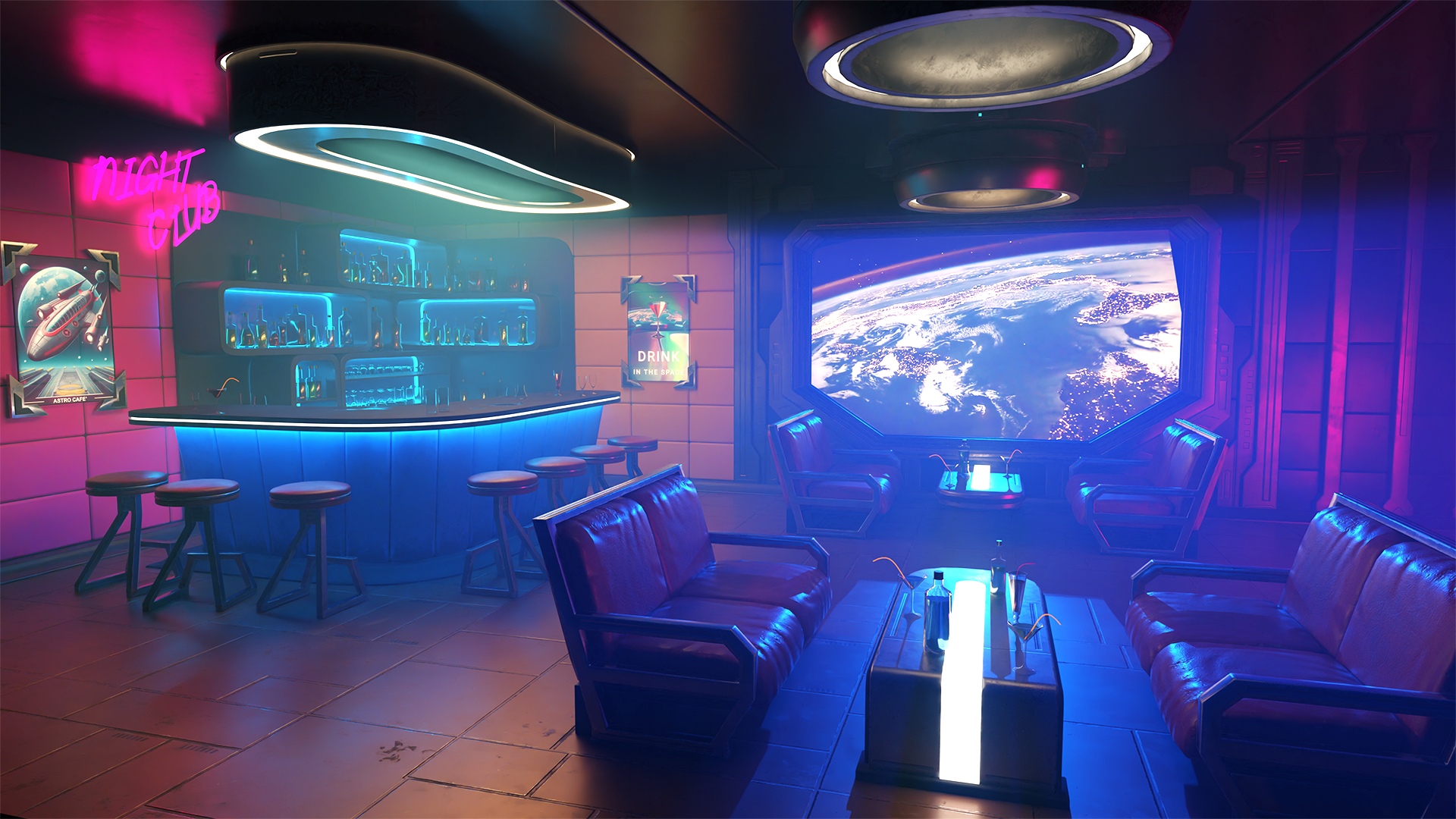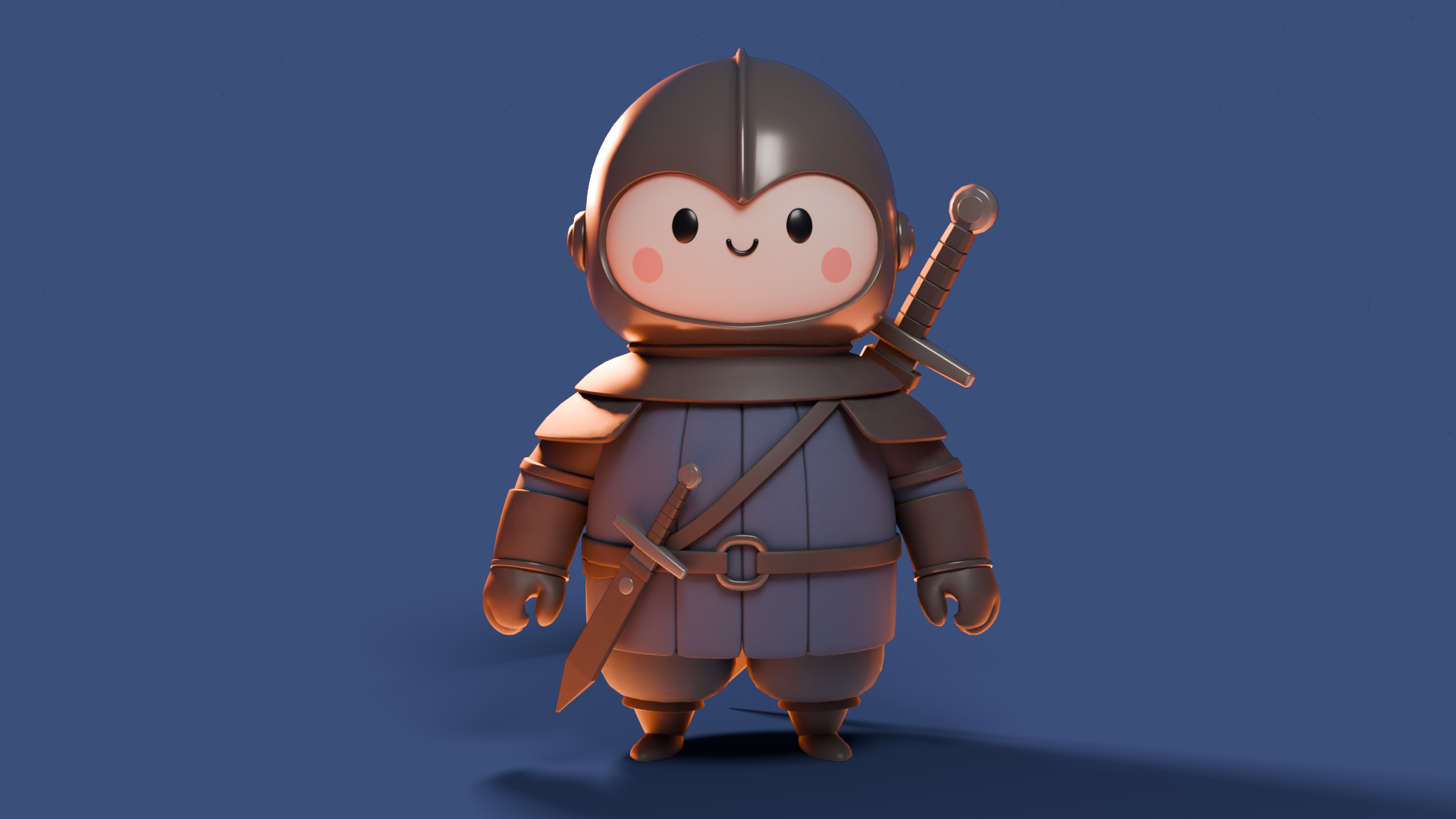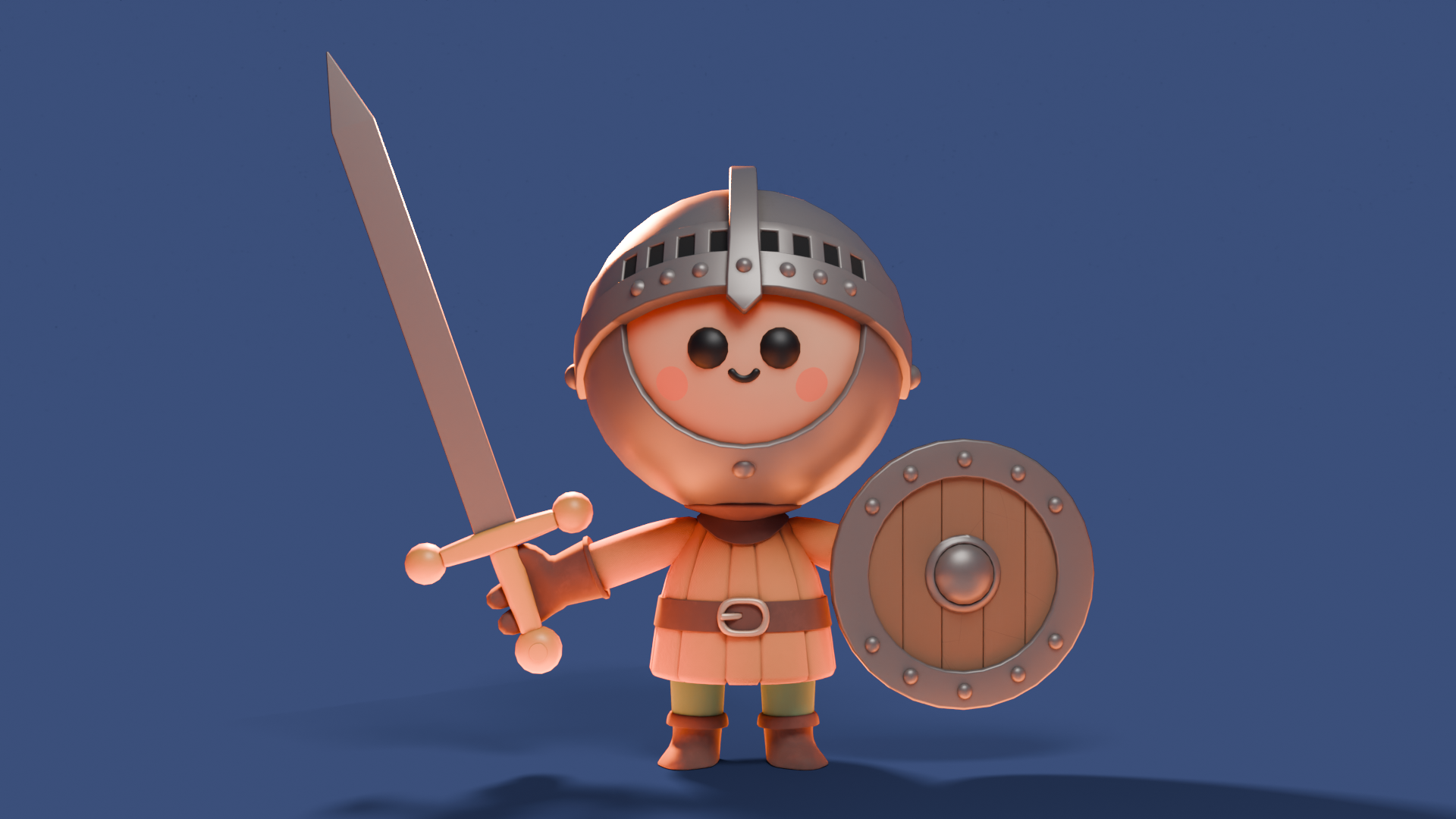Blender 4.5 LTS est censé être une avancée dans le monde du logiciel 3D open-source, mais laissez-moi vous dire à quel point c'est une blague ! Oui, il y a un prétendu support complet de Vulkan, mais qu'en est-il des fonctionnalités qui sont réellement utiles ? Le nouvel importateur FBX, par exemple, est loin d'être à la hauteur des attentes. Au lieu de se concentrer sur des "perles cachées", pourquoi ne pas corriger les problèmes majeurs qui persistent depuis des années ? C'est inacceptable de sortir une mise à jour avec des améliorations superficielles pendant que les utilisateurs luttent avec des bugs fondamentaux. C'est une déception monument
Blender 4.5 LTS est censé être une avancée dans le monde du logiciel 3D open-source, mais laissez-moi vous dire à quel point c'est une blague ! Oui, il y a un prétendu support complet de Vulkan, mais qu'en est-il des fonctionnalités qui sont réellement utiles ? Le nouvel importateur FBX, par exemple, est loin d'être à la hauteur des attentes. Au lieu de se concentrer sur des "perles cachées", pourquoi ne pas corriger les problèmes majeurs qui persistent depuis des années ? C'est inacceptable de sortir une mise à jour avec des améliorations superficielles pendant que les utilisateurs luttent avec des bugs fondamentaux. C'est une déception monument











